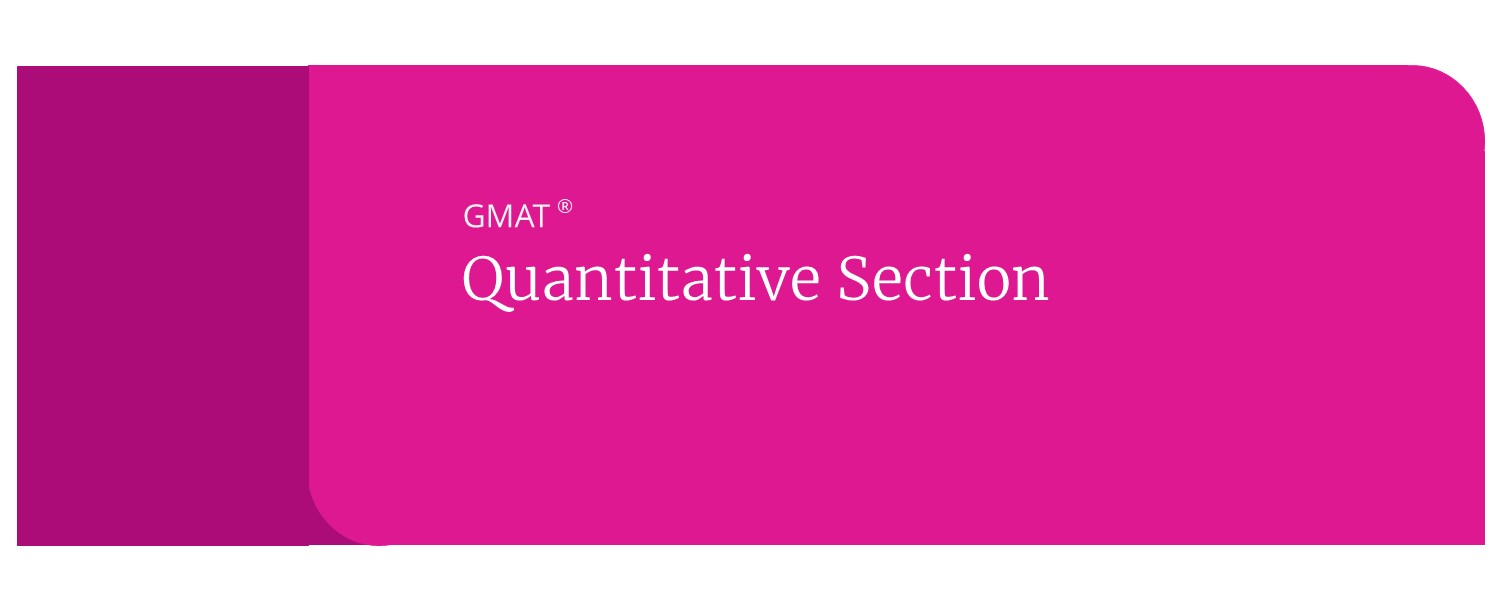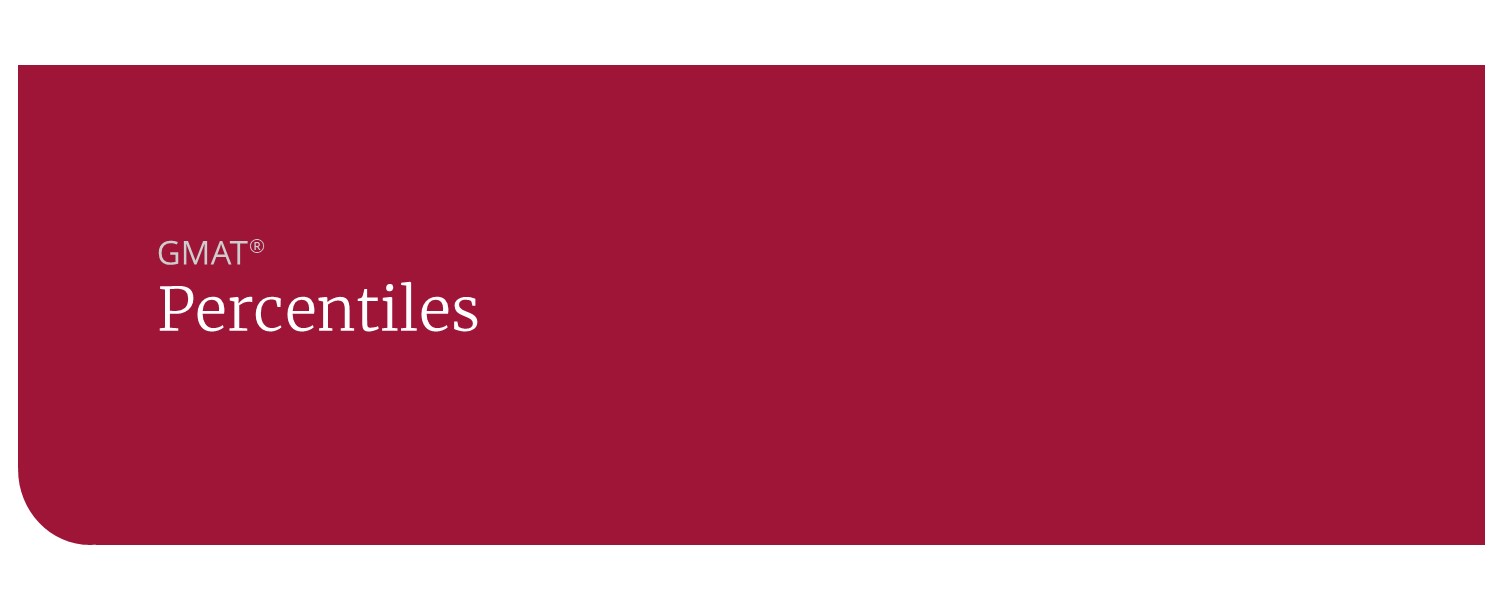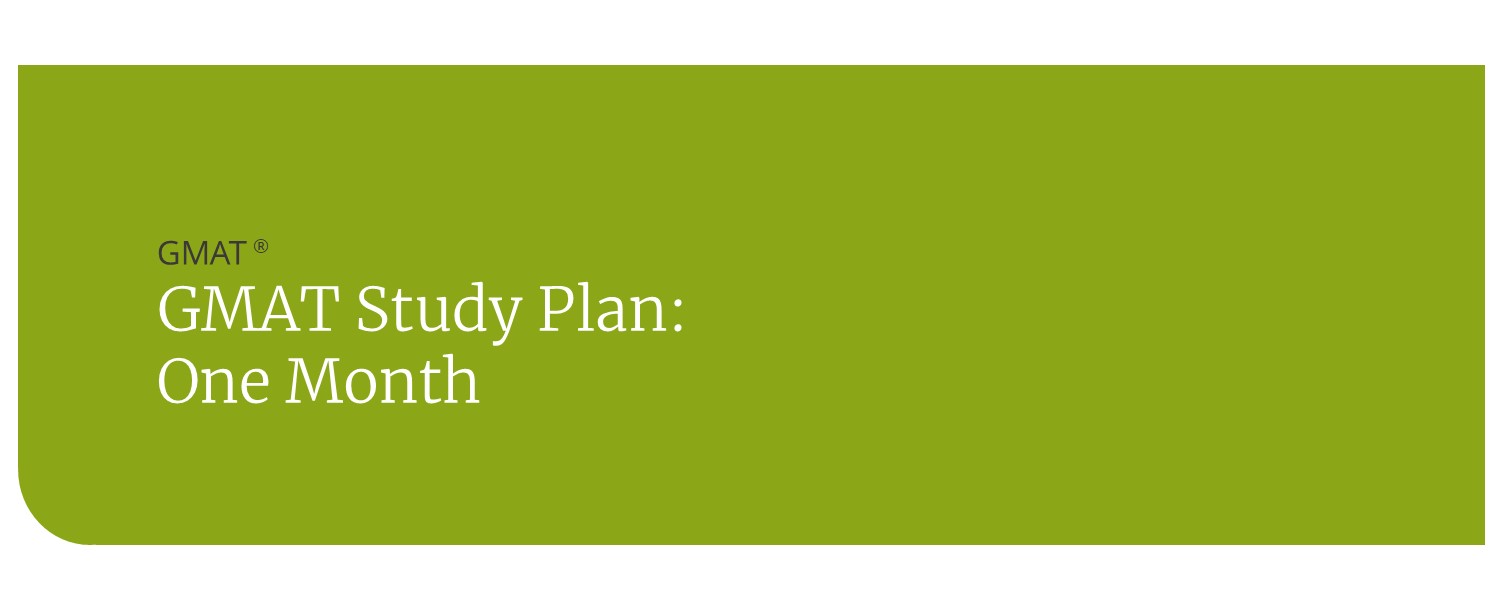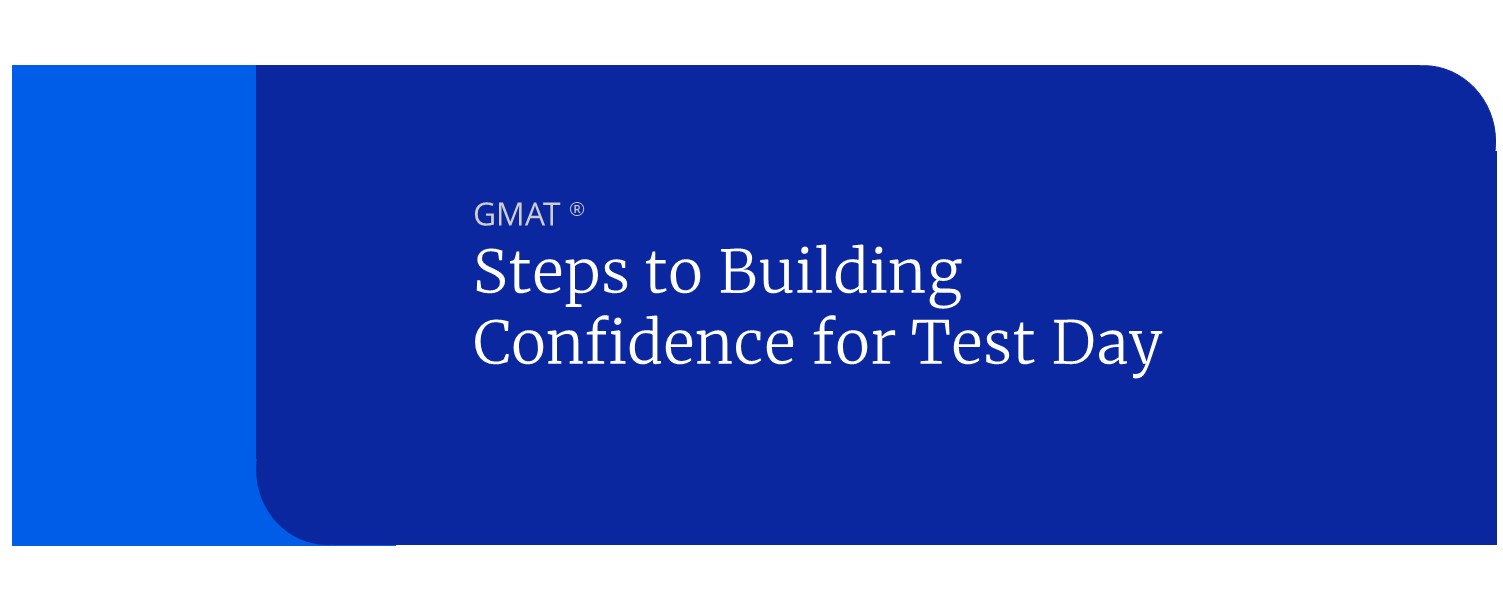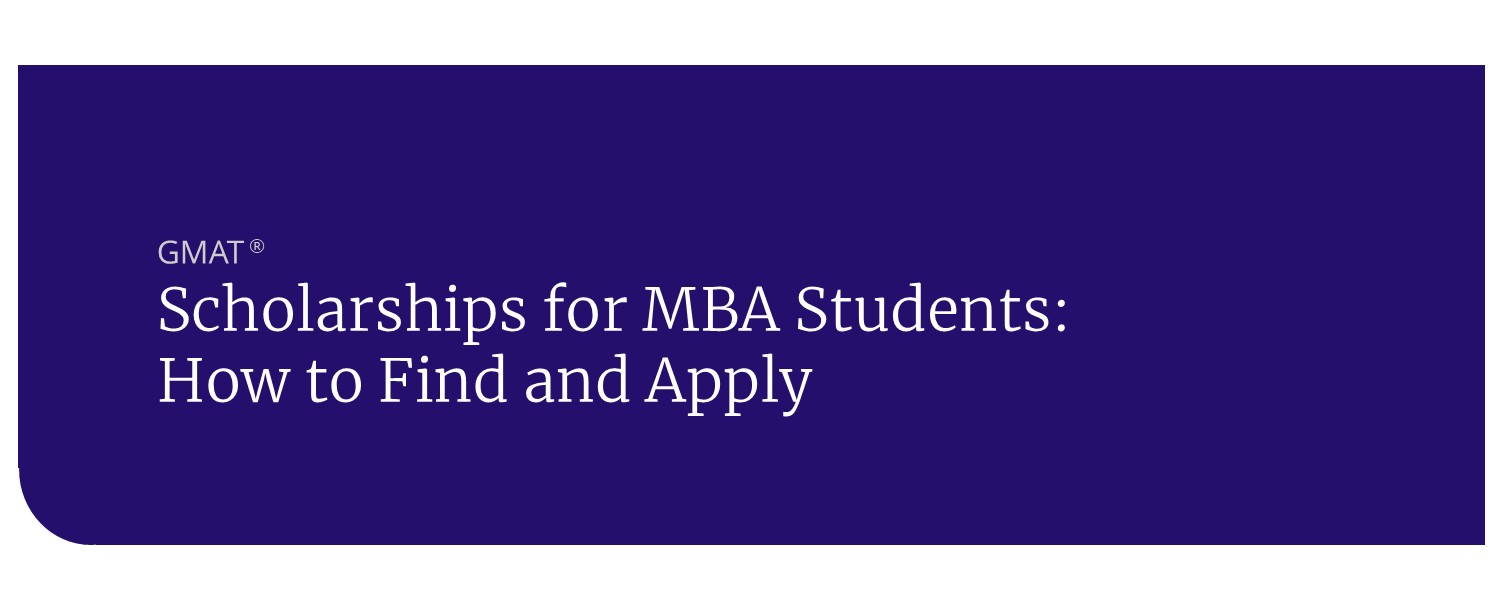What's Tested on the GMAT: Quantitative Section
The GMAT Quantitative Section is designed to test your quantitative reasoning—your ability to think logically about quant concepts. It covers basic math concepts, including arithmetic, algebra, statistics, and more but it’s not truly a math test (though it can certainly feel like it). The section contains only one problem type: Problem Solving.
You will need to relearn many of the quant skills you first learned in high school (or earlier!). And you’ll need to learn strategies for approaching Problem Solving questions, as efficiently as possible.
Finally, you do not get a calculator on the Quant section of the GMAT—so you will have to do your math work by hand.
What is the Breakdown of GMAT Quant questions?
- Time limit: 45 minutes
- Number of problems: 21
- Average time per problem: 2 minutes
- Problem type: Problem Solving
You’ll have 45 minutes to answer 21 Quant problems or an average of 2 minutes per problem.
[ RELATED: GMAT Practice Tests ]
What Math Skills are Tested on the GMAT?
- Arithmetic, including number properties, percents, fractions, and ratios
- Algebra, including exponents, linear equations, quadratics, and functions
- Statistics, including mean, median, and standard deviation
- Story problems and number properties
Problems may be written in “pure math” form or in “story” form, so you’ll also need skill in translating a story into the necessary math concepts to solve.
While you do need to know various rules and formulas, the GMAT is explicitly designed to allow you to take advantage of shortcuts—estimation, testing out a few real numbers, and so on. The GMAT isn’t all that interested in precise calculations; rather, the test mimics the real-world usage you can expect in business school and the working world.
For example, business schools are interested in knowing whether you understand quant concepts well enough to do some quick back-of-the-envelope calculations to determine a rough answer to the CEO’s question—7,500 is good enough; 7,462.39 is unnecessary. Or whether you are able to realize that the sales forecast numbers your coworker just handed you don’t make logical sense—even though you haven’t performed the precise calculations yourself.
[ RELATED: GMAT Math Basics ]
FREE PREMIUM CONTENT
GMAT Math Quicksheet
Unlock access to our free GMAT Math Quicksheet
How Problem Solving Works
Problem Solving (PS) is the classic multiple-choice math problem: They give you some info, they ask you a question, and they give you five answer choices with numbers or variables in them.
Unlike DS, you are actually going to have to solve the math to get to the answer. But PS will at least feel a lot more familiar right from the start.
Be careful, though! Because PS problems feel more familiar, you’re going to be more tempted to use the textbook solution methods you learned in school. But a lot of PS problems can be solved much more efficiently by using various test-taking strategies—estimating, testing out some real numbers, trying the answers.
Standardized tests are literally built (on purpose!) for you to take advantage of these strategies to save time. In fact, someone who tries to solve all of the math problems in the “old school” way will most likely run out of time before they can finish the test. The GMAT is not really a math test. In the real world, it’s good enough to know that revenues were up approximately 10% this quarter; if you take the time to calculate and tell your boss that revenues were up 9.843% this quarter, she’s going to think that you’re wasting your time.
How to Train Yourself to Think Like an Executive
As you get ready for the GMAT, train yourself out of your “old school” mentality and into your “executive mindset” mentality: What’s the quickest, easiest way to get to the answer—without making a mistake?
Problem Solving GMAT Practice Question
At a particular school, 65% of the students have taken language classes. Of those students, 40% have studied more than one language. If there are 300 students at the school, how many have studied more than one language?
(A) 78
(B) 102
(C) 120
(D) 150
(E) 195
First, read the question and jot down the information given:
- 300 total
- 65% → LC (abbreviation for language class)
- 40% OF 65% → more than one LC
Glance at the answers (before doing any work.). They’re pretty spread apart, indicating that you can estimate at least a little.
The first step is to figure out how many students take language classes. 65% is a little less than two-thirds (or 66.7%), so use two-thirds to estimate. Two-thirds of 300 is 200, so approximately 200 students have taken language classes.
Is that value, 200, a little bit of an overestimate or a little bit of an underestimate?
Because the real percentage (65%) is a little less than the percentage actually used (two-thirds, or 66.7%), the value of 200 is a little bit greater than whatever the exact 65% figure would be. In other words, 200 is a little bit of an overestimate.
Next, here’s the source of one of the trap answers. The 40% who have taken more than one language class is not 40% of the total number of students. Rather, it’s 40% of just the 65% who’ve taken language classes. So the next step is to take 40% of the 200 figure.
That’s not a terribly hard calculation to do…but get out of your “old school math” mindset. Don’t do calculations that you don’t absolutely have to do! 40% is less than 50%, so 40% of 200 has to be less than 100.
[ RELATED: Quantitative Strategies for the GMAT ]
How GMAT Scoring Works
The GMAT Quantitative section is scored on a scale from 6 (low) to 51 (high). Most schools want to see a score of at least 40 and the most competitive schools are typically looking for a Quant score of 45 or higher.
Your Quant, Verbal, and Data Insights scores are also combined into your Total score, which ranges from 205 (low) to 805 (high). The Total score is the score that schools care about most (followed by your Quant score, for most schools). An average GMAT score is about 545; top-10 business school programs report average scores for their students in the 665 to 695 range.
Review What’s a Good GMAT Score to learn how to determine what kind of goal score will help to make you competitive at your target programs.

